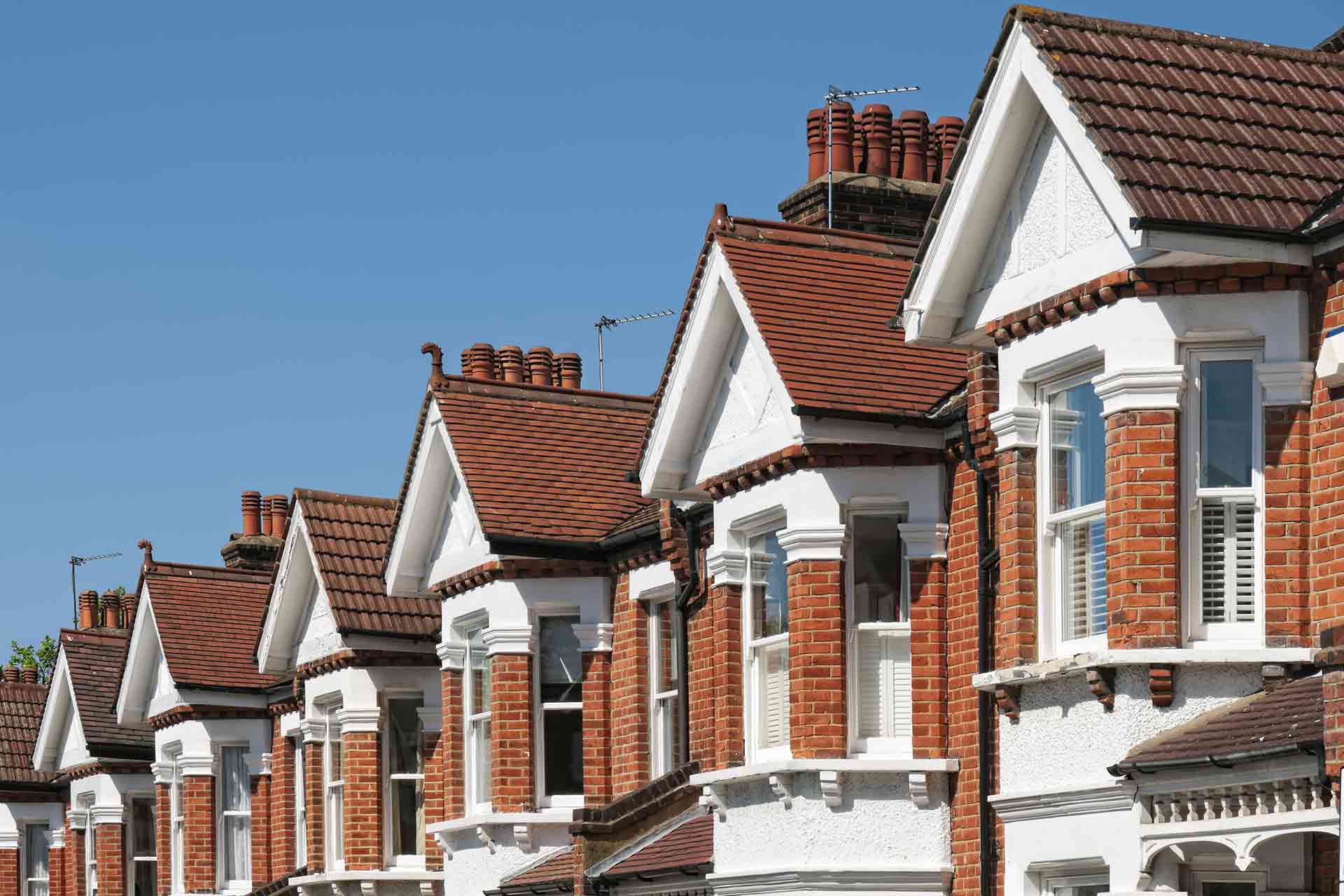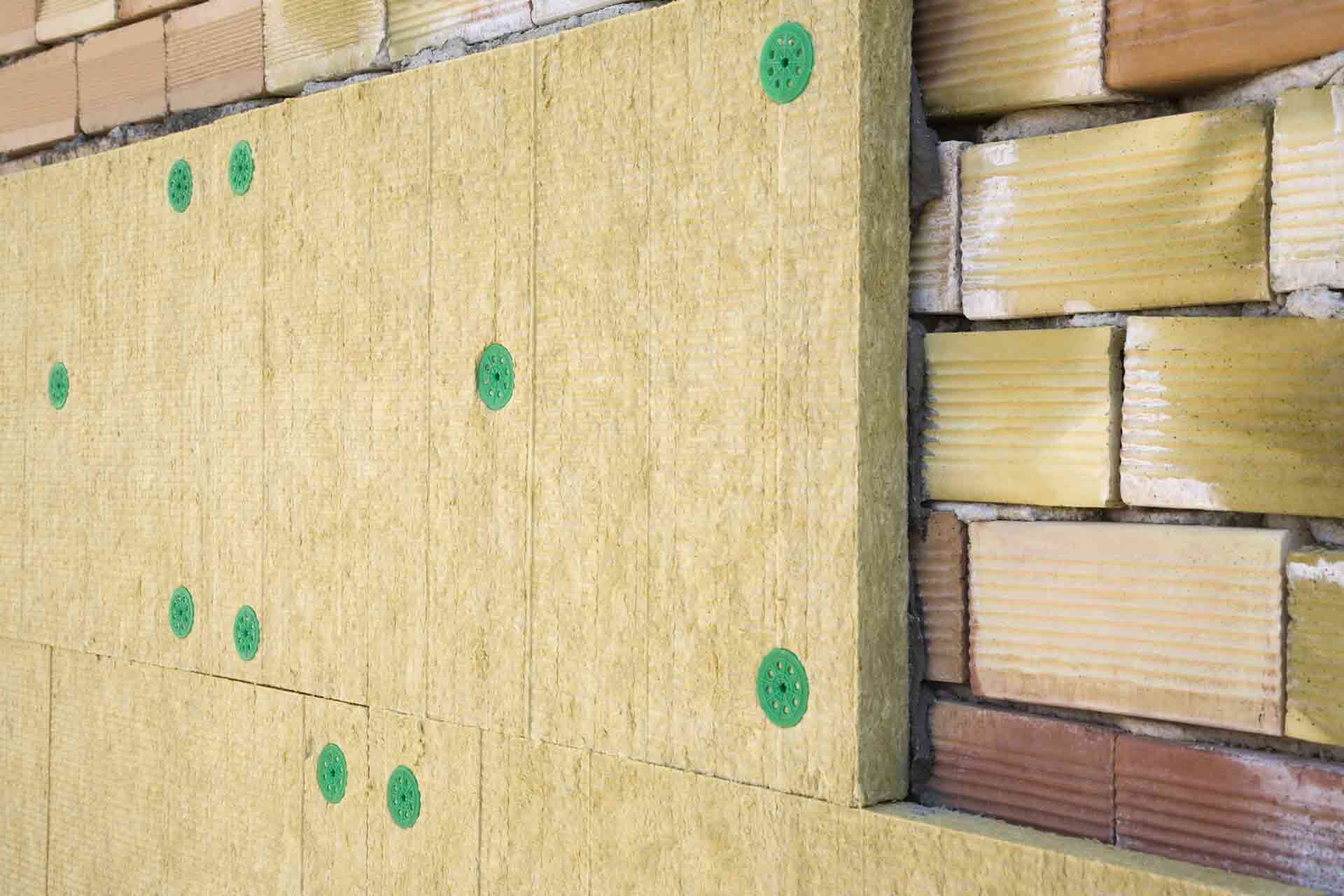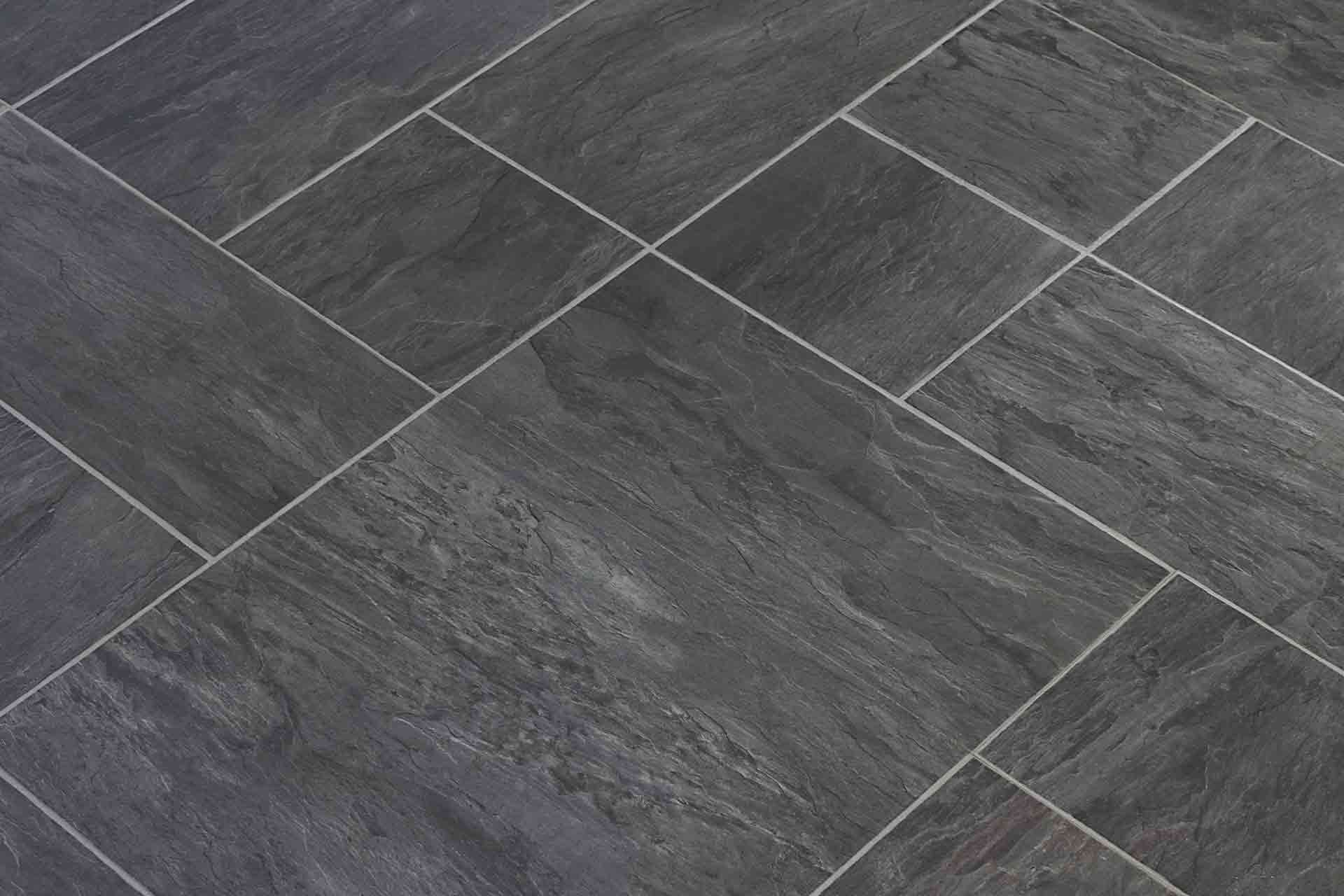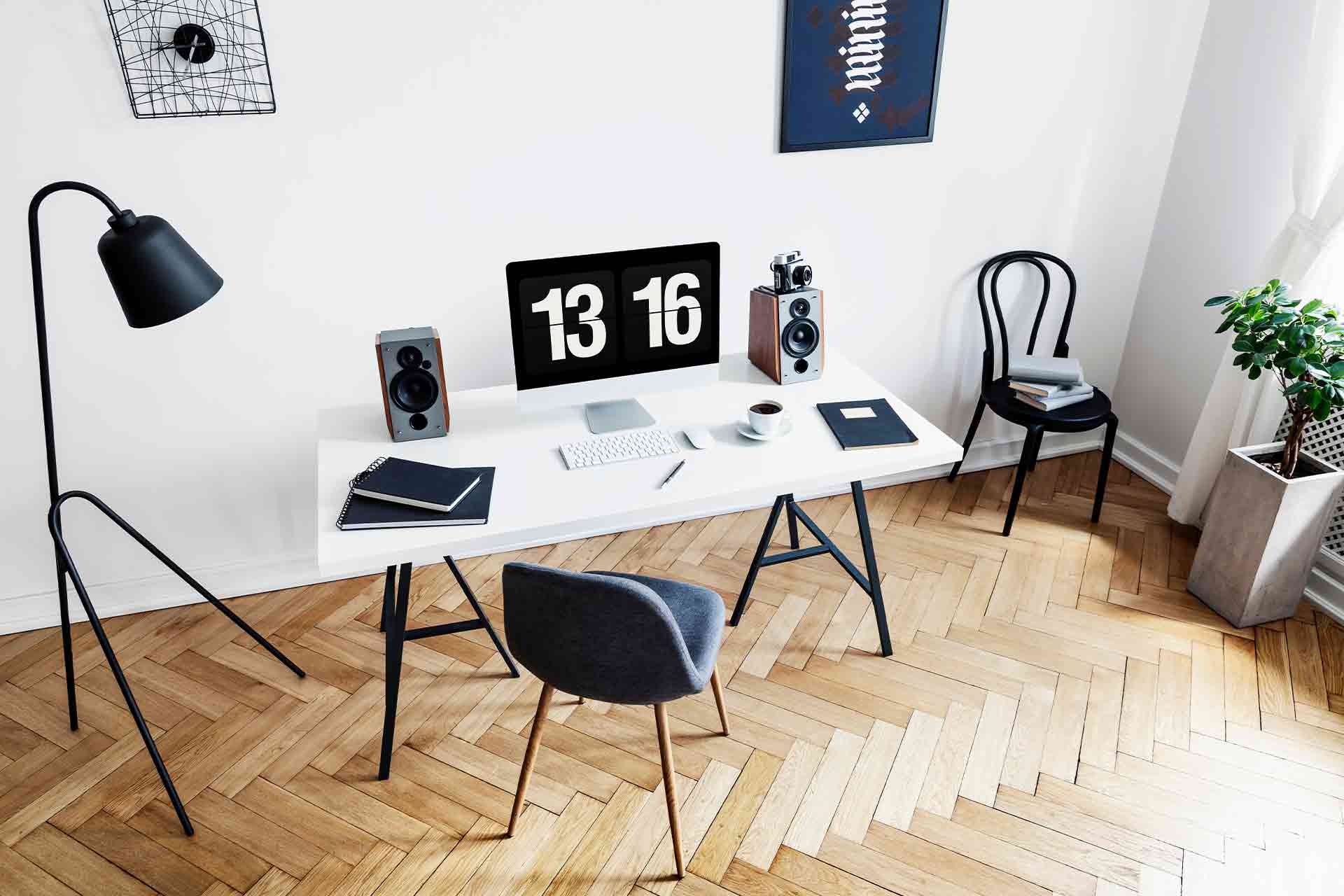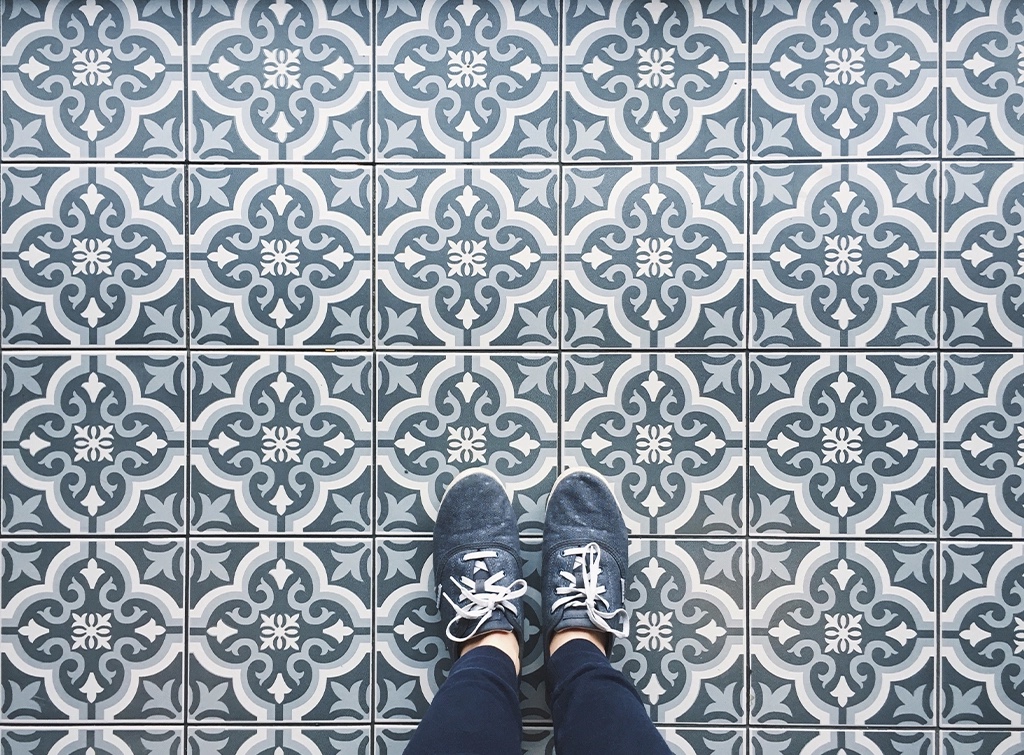Blog>Cost Guides>Cost of vinyl flooring vs tile flooring: Which to choose?
Last updated: 2 June 2023
Cost of vinyl flooring vs tile flooring: Which to choose?
So, you're looking to settle the great flooring debate? Keep scrolling while we unravel the cost conundrum between vinyl flooring vs tile flooring. Due to their durability, versatility, and aesthetic appeal, vinyl and tile floors are both excellent solutions depending on your budget, design preferences, and type of floor.

If you're wondering about the cost of vinyl flooring vs tile flooring, you're obviously considering both popular options for your home renovation project.
Choosing the right flooring for your space is no small decision. It's about striking the right balance between style, durability, and, of course, cost.
That's why, in this ultimate showdown between vinyl flooring and tile designs, we're going to take a deep dive into the world of flooring costs to help you make an informed choice.
So, brace yourself as we explore the captivating realms of Luxury Vinyl Tiles (LVT) vs. Luxury Vinyl Planks (LVP) and the timeless battle of vinyl plank flooring vs tile costs. Grab a seat and let's unravel the mysteries of cost-effective flooring without compromising on quality and aesthetics.
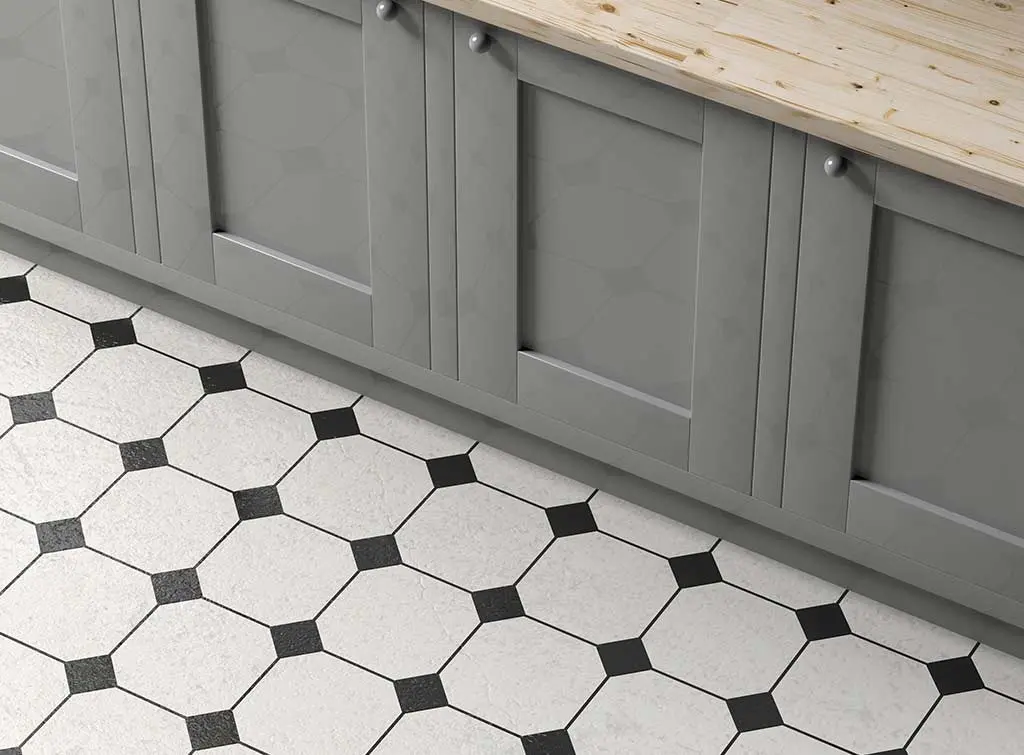
Cost of vinyl flooring vs tile designs
One aspect that might help you make a decision between vinyl and tile floors is their costs.
Vinyl flooring is known for its affordability, which makes it one of the most cost-effective options for homeowners on a budget.
The average cost of vinyl flooring in the UK ranges from £10 to £40 per square metre. However, this greatly depends on the quality, design, and square footage.
On top of the cost of materials, expect to pay an average of £225 per day for labour.
NB: Sheet vinyl is usually cheaper than luxury vinyl tiles or planks.
See the tradespeople we've checked and recommend for your job
Vinyl flooring costs, pros, and cons
Vinyl flooring pros
Affordability: Vinyl flooring is generally more budget-friendly than tile designs
Easy installation: You can install vinyl floors quickly and easily, including as a DIY project to save money on labour costs
Low maintenance: Vinyl flooring is easy to clean and requires minimal maintenance
Water resistance: Highly resistant to water, vinyl flooring is suitable for bathrooms and kitchens
Comfort: Vinyl flooring offers a softer and more cushioned feel underfoot compared to tiles
Vinyl flooring cons
Durability: While vinyl is durable, it doesn't tend to match the long lifespan of high-quality tiles
Resale value: Some homeowners believe tile flooring designs have a higher resale value compared to their vinyl cousins
Limited design options: Although vinyl flooring has improved in terms of design, it doesn't offer the same range of options as tiles

On Checkatrade, you'll only find trades who meet our high standards and pass up to 12 checks.
Tile flooring costs, pros and cons
Tile designs are enduringly popular because they offer a wide range of materials and styles. As a result, they're suitable for various types of homes, tastes, and budgets.
Even so, compared to vinyl, tile flooring is often more expensive due to the higher cost of materials, installation, and labour.
For example, the average cost of tile flooring in the UK can range from £20 to £150 per square metre, with natural stone tiles at the higher end of the scale and porcelain tiles at the lower end. However, expect to pay an average of £40 per square metre for most types of tiles.
Furthermore, try to budget around £250 per day for tile flooring installation.
See the tradespeople we've checked and recommend for your job
Tile flooring pros
Aesthetic appeal: Tiles provide a luxurious and timeless look, offering a wide array of design possibilities
Durability: High-quality tiles can last for decades, making them a long-term investment
Resale value: Tile designs are often considered more valuable and desirable, potentially increasing the resale value of your property
Tile flooring cons
Higher costs: Tiles are generally more expensive than vinyl flooring, both in terms of materials and installation
The complexity of installation: Tile installation requires skilled labour, leading to higher installation costs
Maintenance: Certain tile materials, such as natural stone, require regular maintenance and sealing
Related content: Cost to remove a ceramic tile floor.
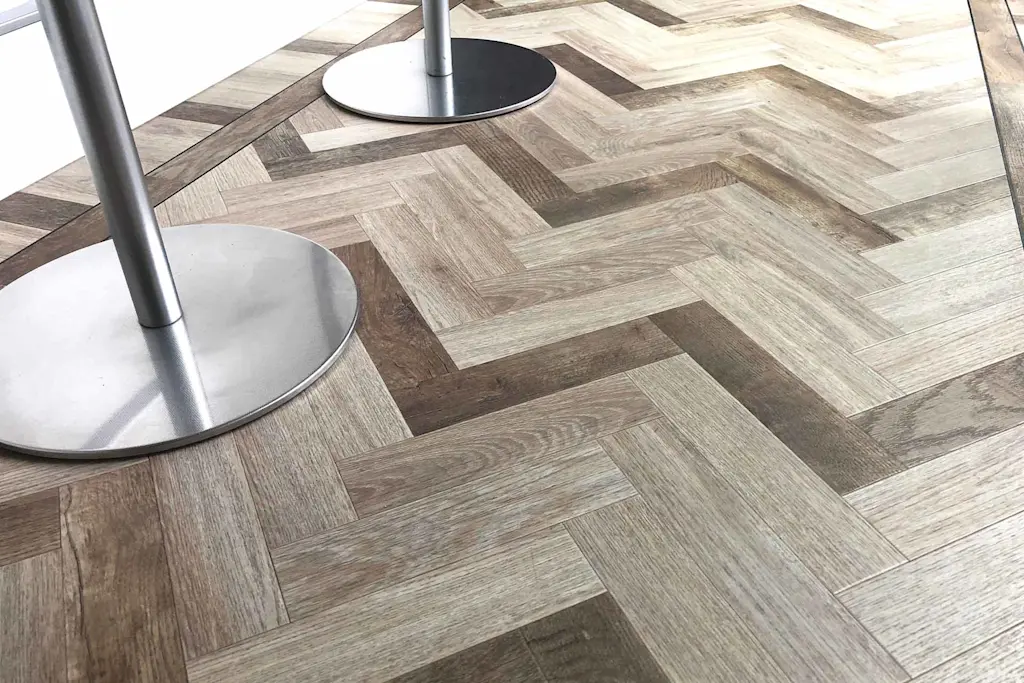
LVT vs LVP cost comparisons
What are LVT tiles and how much do they cost?
Luxury Vinyl Tiles (LVT) are a premium vinyl flooring option that mimics the look and feel of natural materials such as wood or stone.
LVT typically ranges from £20 to £70 per square metre. However, this depends on the brand, quality, and design. Furthermore, add around £250 per day for a professional installation.
Related content: Read our LVT flooring cost guide for more information.
LVT pros
Aesthetic appeal: LVT offers a wide range of designs, including realistic wood and stone textures
Durability: LVT is highly durable, resistant to scratches, stains, and wear, making it suitable for high-traffic areas
Moisture resistance: LVT is waterproof, making it an excellent choice for areas prone to moisture, such as bathrooms and kitchens
Easy maintenance: LVT is easy to clean and requires minimal upkeep, saving time and effort
Comfort: LVT provides a softer and warmer underfoot feel compared to traditional tiles or hardwood flooring
Easy installation: LVT can be installed using various methods, including click-lock or glue-down, making it a convenient option
LVT cons
Higher cost: LVT is generally more expensive than standard vinyl flooring options, but it offers greater durability and design versatility
Environmental impact: Some LVT products may contain PVC, which raises concerns about environmental sustainability.
Read our blog, Eco friendly flooring: Stylish and sustainable options for your home, for carbon neutral alternatives.
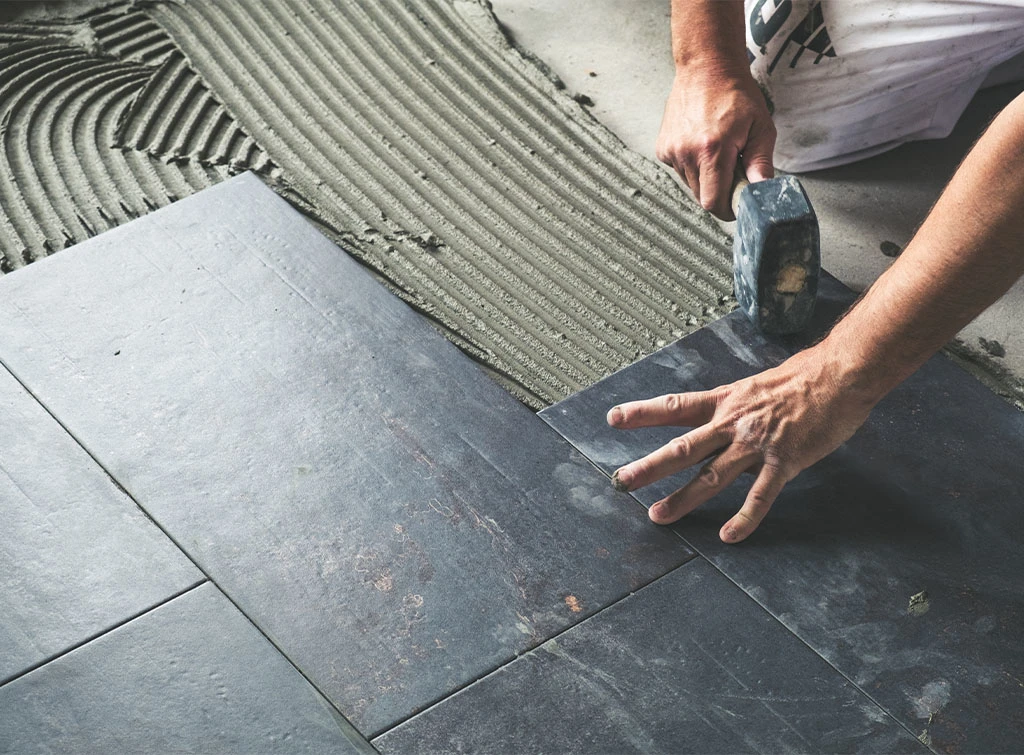
What are LVP tiles?
Luxury Vinyl Planks (LVP) are similar to LVT but come in a plank format to better replicate the appearance of hardwood flooring.
Cost of tile vs vinyl plank (LVP) flooring
The cost of LVP ranges from £20 to £80 per square meter, which is similar to an average of £40 per square metre for most commercially available tiles. However, this again depends on the brand, quality, and design.
Overall, LVP is typically cheaper than higher-end tile designs. Even so, expect to pay around £250 per day for a professional flooring installation from a skilled tradesperson.
Related content: Vinyl kitchen floor ideas to transform the look of your space.
LVP pros
Realistic wood appearance: LVP convincingly replicates the look and texture of hardwood flooring, adding warmth and elegance to any space
Durability: LVP is highly resistant to scratches, stains, and wear, providing a long-lasting flooring solution
Moisture resistance: Like LVT, LVP is waterproof, making it suitable for areas prone to moisture
Easy maintenance: LVP is easy to clean and maintain, requiring simple regular care to preserve its appearance
Installation options: LVP can be installed using click-lock or glue-down methods, offering flexibility and convenience
LVP cons
Higher cost: Similar to LVT, LVP is generally more expensive than traditional vinyl flooring options.
Environmental impact: Some LVP products may contain PVC, raising concerns about sustainability.
Contact or pay a trade through Checkatrade and you’re covered by our 12-month guarantee of up to £1,000*

Final thoughts
When considering the cost of vinyl flooring vs tile designs, it's important to weigh up factors such as your:
Overall budget (including labour and materials)
Flooring durability requirements (i.e., high-traffic areas need stronger flooring solutions)
Your home's moisture levels (i.e., areas with high humidity need more robust flooring solutions)
Aesthetic preferences
Maintenance requirements
The long-term value you seek
Both vinyl and traditional tiles provide beautiful and durable flooring solutions that enhance the aesthetics and functionality of your space.
However, vinyl flooring options, including LVT and LVP, are generally more affordable. They're also easier to install and maintain.
On the other hand, tile designs offer a luxurious aesthetic and timeless appeal with a wide range of design options. Even so, they're often more expensive and require a skilled tradesperson to install them properly and professionally
It's worth noting that both vinyl flooring and tile designs have improved significantly in terms of design, durability, and performance over the years. Manufacturers have introduced innovative technologies that enhance the realism of vinyl flooring, making it difficult to distinguish from natural materials like wood or stone.
Consulting with flooring professionals, visiting showrooms, and checking out online portfolios will all provide valuable insights for your search, ultimately helping you make the best choice for your home.
See the tradespeople we've checked and recommend for your job
More Cost Guides
More Carpets / Flooring Articles
See the tradespeople we've checked and recommend for your job

